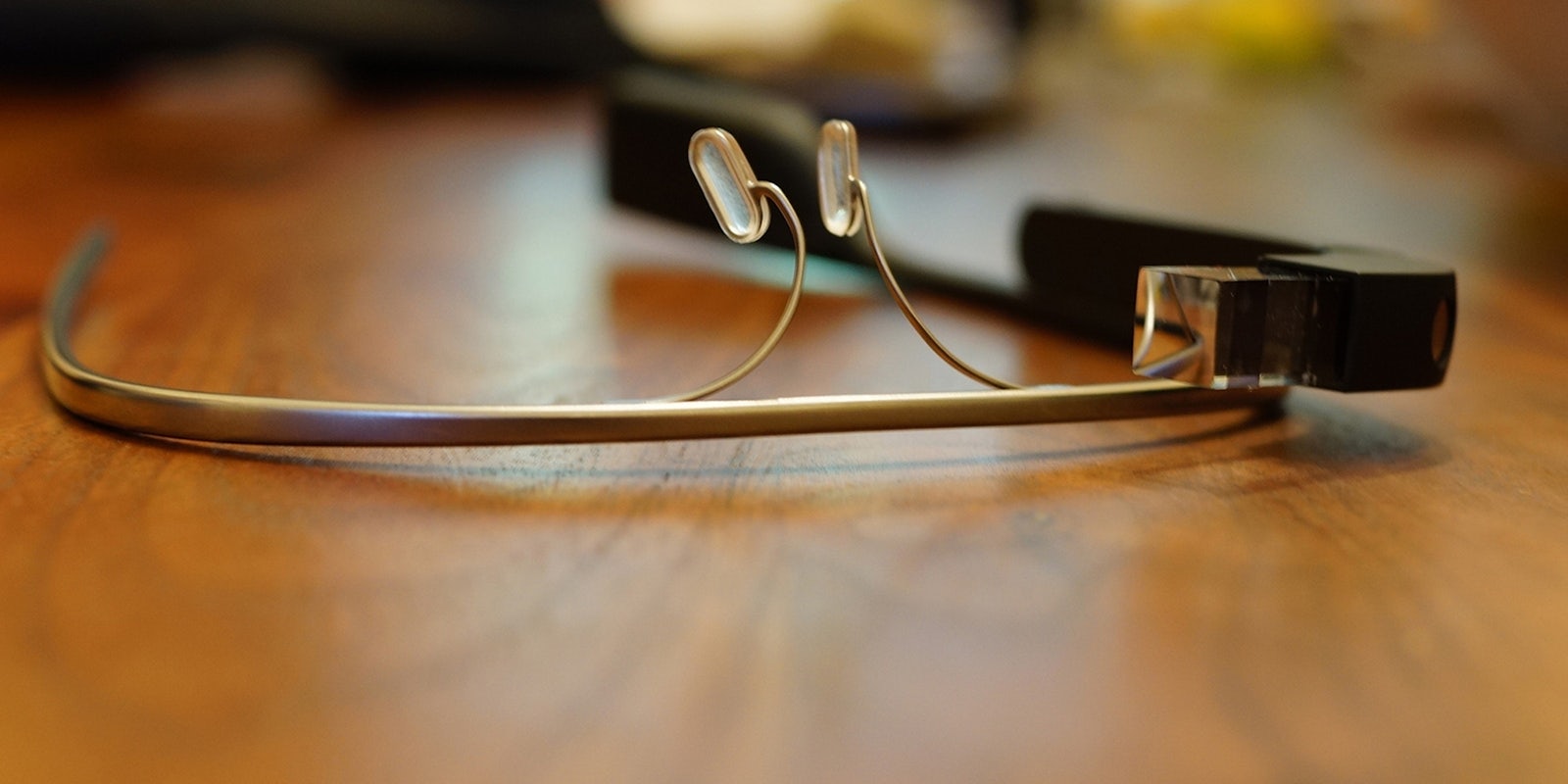This article is a counterpoint to Emmanuel Lund’s Why Wearables Will Replace Smartphones.
I, too, want to get excited about Google Glass, the iWatch, the FitBit Force, and the rest of the next wave of wearables.
Like everyone else these days, I’m riding the nutrition and fitness wave. I love data on my progress but hate the effort it takes to track it. I want an ankle thingy that tells me everything through the magic of technology.
My smartphone’s slowly getting scratched to hell floating around in my bag. I want a thingy safe from the danger of loose change and bobby pins.
I spend precious seconds poking around for my smartphone to check for urgently incoming Facebook likes, maybe a full two minutes each day. That’s nearly 12 hours of rummaging each year that could be alleviated by an immediately visible thingy on my wrist or face.
Unfortunately, the thingy of our dreams is not going to happen, not as a wearable, and certainly not in the near future. Here’s why:
1. There’s not enough added value
Wearables are inconvenient, and current technology doesn’t offer enough added value to offset the drawbacks.
This isn’t true for absolutely everyone. There are folks who truly dig knowing how many steps they walk each day, but for most of us, the novelty wears off sooner rather than later.
The Endeavor Partners research quoted by the trending Guardian piece focuses on fitness trackers, which Americans are ditching en masse. About 10 percent of U.S. adults bought a tracking gadget; a mere half of them still use it. This corroborates my own anecdotal experience with trackers: extreme enthusiasm upon purchase segueing to extreme apathy about a month hence.
If you’re going to remember another gadget, it has to provide tangible added benefit on the daily. Leaving your smartphone at home means a panic attack on your commute, plus being exposed to dreaded eye contact on the metro. Forget your FitBit and, what? You’re missing a data point on your Lose It! graph?
Any reasonably-sized watch screen isn’t big enough to replicate the complexity of what a smartphone can do. Even reading a significant amount of text is out of the question. Voice controlled tech isn’t strong enough yet to facilitate complicated interactions, either.
The slight convenience of not having to pull anything out of your pocket when you get a text doesn’t outweigh the effort required to deal with one more device.
2. Wearable tech is dorky
A wrist- or ankle-mounted device is fairly discreet. Anything else looks ridiculous. Electronics anywhere near the face conjure up either insufferable Silicon Valley geeks or socially unacceptable cyborgs.
We’re not going to get over the awkwardness of wearables anytime soon. Consider the general attitude towards Bluetooth headsets, which came out 14 years ago.
Remember that SF tech writer who got herself into a fight by wearing Glass? Electronics near our faces invite distrust, fear, and even animosity.
My favorite quip about Google Glass comes from BaubleBar Co-founder Daniella Yacobovsky:
“Is it useful? Of course it is.
Do I look like a tool? Yeah.
I’m not going to wear it.”
By the way, I tried on a pair myself at this year’s Mobile World Congress. My youthful, trendy hairstyle got in the way of the controls. No way, José.
Regrettably, wrist-mounted devices aren’t the solution either, because:
3. No one wears a watch anymore.
The usefulness of a watch has been completely usurped by digital devices. Actual watches are only fashionable as musty, outdated statements of vainglorious wealth.
Watches aren’t cool.
No one I know under 40 wears a watch, and certainly few folks under 30 would ever consider owning one.
Smartphones are fine, because they’re not something you wear. Even if you use the thing exclusively to shoot digi-zombies full of bullets, it’s an eccentric hobby rather than the personal image you present to a style-conscious public. Anything worn on your person has to make it over the fickle barrier of fashion.
The alternative to wearables
Wearables will work when tech renders them completely invisible — say, as contact lenses à la Minority Report, or as a device completely embedded in your clothes. We’ve got to be able to set it and forget it.
My prediction: smartphones are going to completely take over the role of personal computers long before wearable tech becomes worthwhile.
We’re already well on our way there; many daily tasks (checking email and social media, getting directions, reading news, etc.) have already migrated to mobile. This trend’s only set to accelerate: estimates from last December put smartphone penetration at approximately one out of every five people worldwide.
The future is definitely mobile. We’re just not going to wear it on our sleeves.
Photo by tedeytan (CC BY-SA 2.0)
This piece was originally featured on Medium and republished with permission. Janel Torkington is a professional m-gamer/sassy futurist with a lexical fixation. She cares deeply about wine and words. She currently sleeps in a hammock in Barcelona.
